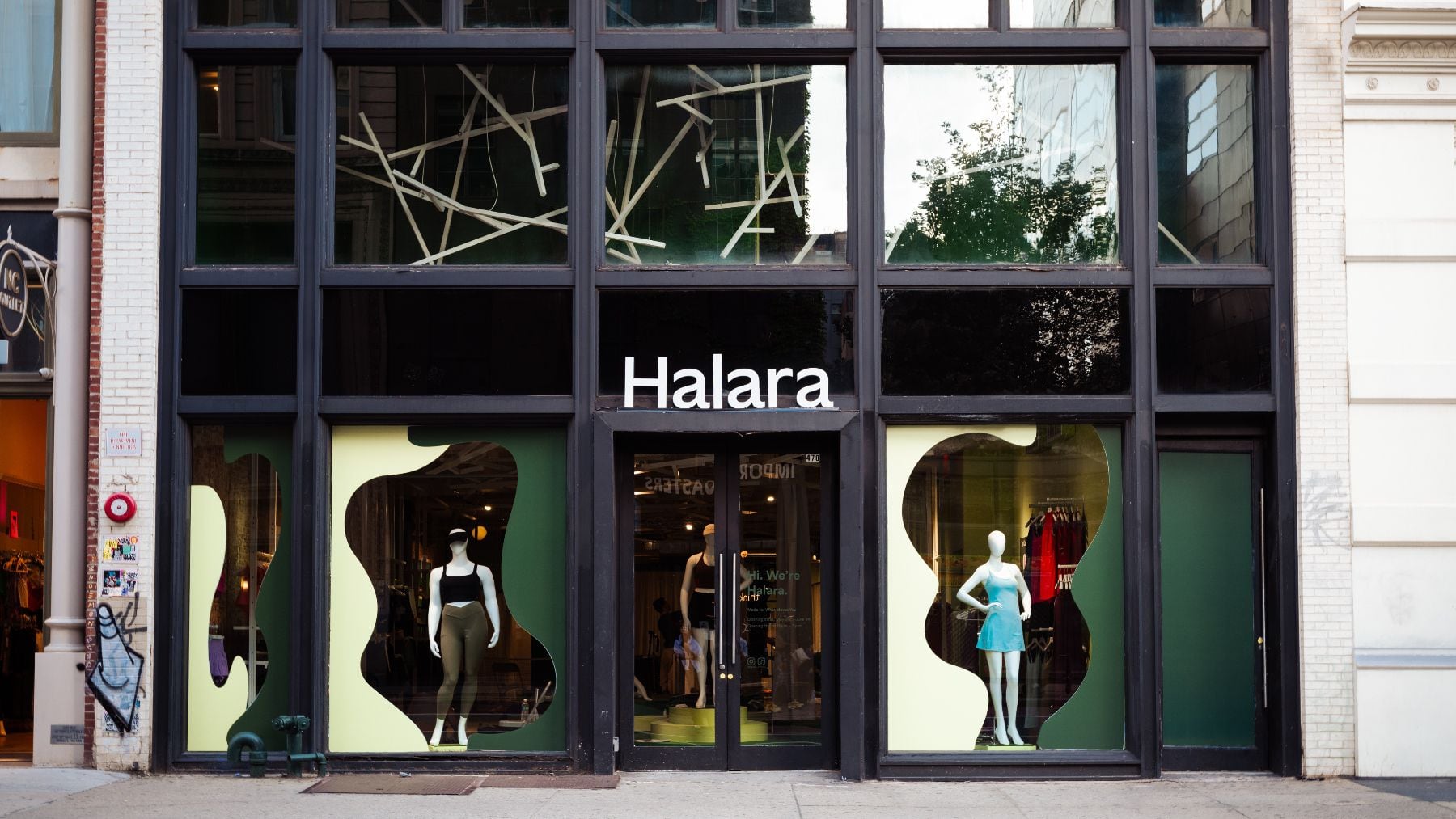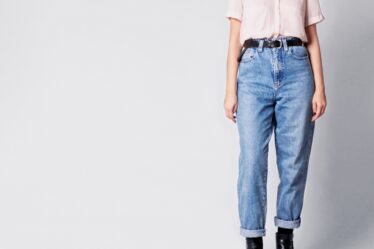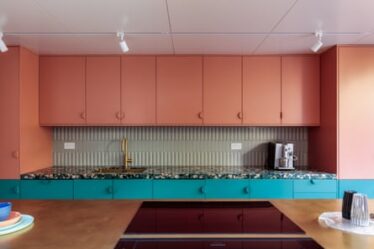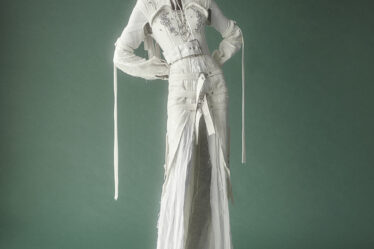
When Taylor Swift was spotted at Coachella in a $32 pleated skirt from TikTok-favourite activewear brand Halara, the label reached a new level of virality.
“We’re still feeling the aftermath [from Taylor Swift],” said Gabby Hirata, Halara’s global brand president, adding that moment came as a surprise to the brand. Halara sold 2,000 units of the skirt the day images started circulating; it typically sells about 1,000 units of a single style in one day.
This month, the brand wants to increase its visibility even further. On May 31, it opened its first pop-up shop — filled with racks of current bestsellers and a green pickleball-themed wall with a decorative victory podium — in New York’s Soho neighbourhood; it will remain open until June 9. The timing is fortuitous: plans for the pop-up began last year, but after the Swift appearance, momentum is at an all-time high. The number of comments on the brand’s Instagram posts promoting the pop-up are 500 percent higher than for other posts, the company said.
Halara, which has over 2 million followers across Instagram and TikTok, quickly became synonymous with TikTok after its launch in 2020. Through mostly influencer content on social media, it has amassed a plugged-in audience by offering activewear at hard-to-believe prices. One of its best sellers, a nylon backless dress with a built-in bra and shorts, costs $35; for comparison, Outdoor Voices’ Exercise Dress is $100.
The vast majority of Halara’s assortment is priced between $25 to $45, numbers it is able to maintain because it doesn’t markup or factor future discounts into its prices. But Halara rejects any assumption that it’s yet another fast fashion brand hawking poorly-made products. The company, Hirata said, develops its own performance fabrics, including a Softlyzero stretch material that is used in many of its signature dresses and skirts and is meant to feel plush and be functional.
Halara also only develops products it knows it can sell. Its in-house algorithms scrape the brand’s social media comments to learn what customers say they want and then design silhouettes that match those preferences. Halara, which sells exclusively direct-to-consumer, frequently sells out of new styles within a month. The brand has seen its annual sales double every year since 2021; it is on pace to do so again in 2024.
But like many DTC brands that came before it, Halara knows it needs to expand offline to keep growing. Over the 10 days the Soho pop-up is open, Halara aims to attract at least 7,000 shoppers so it can sell 7,500 units at the 3,500 square foot location. If all goes according to plan, the brand plans to open at least five more pop-ups in areas like California and Texas this year. And in the next three years, it plans to open flagship stores in New York, Texas and London. The brand is also planning to hire a wholesale leader to explore retail partnerships in the US.
Ultimately, Halara wants its retail presence to communicate to a larger swath of consumers that it is a brand built on quality. One wall in the store prominently features swatches and summaries of the brand’s performance fabrics.
“Our product is our voice, our product is our identity,” Hirata said.



